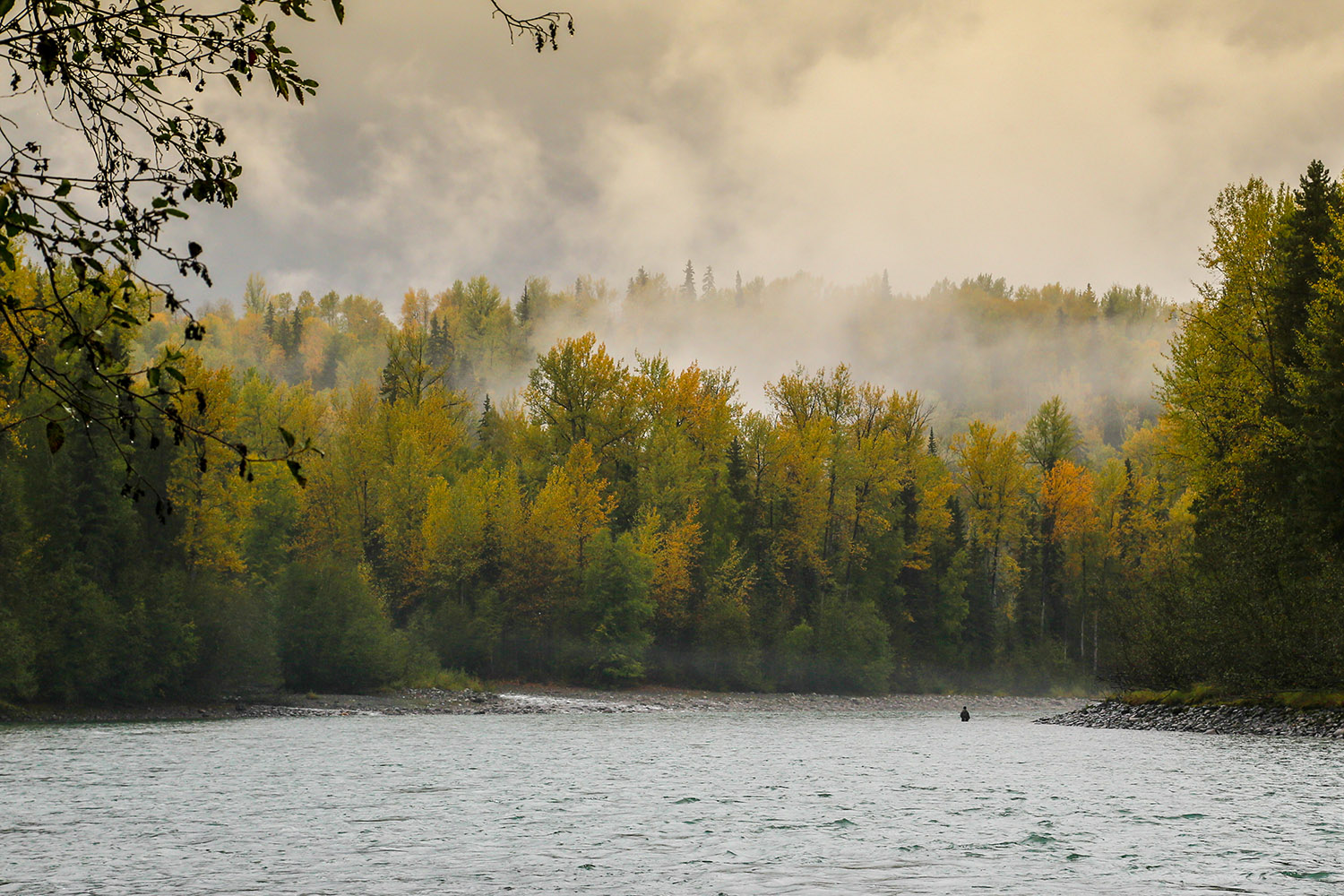Development pressure and a warming ocean throw British Columbia’s future into question. National Geographic delves in.
With a federal decision imminent on a massive new industrial facility on BC’s Skeena River, National Geographic‘s September issue makes clear that the future of the well-endowed province is also up for grabs. Industrial development and changing ocean conditions threaten British Columbia’s growing recreation economy, its recovering fisheries, and a movement to protect indigenous rights and sovereignty.
- The feature story “Heat Wave” explores the ecological consequences of “the blob” – a warm slab of water offshore that led to strange shifts in sea life, starving marine mammals and diminished salmon runs over the last two years in British Columbia and much of the West Coast. Is it a preview of global warming?
- The “Changing Pacific Coast” graphic shows the blob’s effects throughout the ocean food chain.
- The map “Claiming British Columbia” details the competition between heavy industry and movements to protect BC’s iconic wilderness areas and traditional First Nations lands.
“Canada’s westernmost province, home to 4.7 million people, is in transition,” say Nat Geo editors in the map’s introduction. “Despite an extensive, wild coast, its fisheries, forests, and other natural resources are threatened.”
The Nat Geo features on BC comes as Canada’s federal cabinet is due to weigh in by early October on a controversial proposal for a large liquefied natural gas facility at the mouth of BC’s Skeena River. More than 130 international scientists have said the facility would pose high risks to Skeena salmon and steelhead. And many traditional and elected First Nations leaders up and down the Skeena River have vocally opposed the development, citing its possible effects on salmon. Upriver First Nations say they have not been properly consulted, while one powerful First Nation in the Skeena estuary with traditional claims in the project area has not given its full consent to the project.
Against a background of uncertainty, the steelhead fishing season is kicking into high gear on the Skeena and its tributaries. Recreational fishing drives a $100 million fishing economy on the Skeena. Ocean conditions appear to be affecting salmon and steelhead returns, which are down this year on the Skeena and other British Columbia rivers. Sockeye runs on the Fraser River, British Columbia’s most productive salmon river, are at their lowest level in 120 years. Scientists are blaming the blob, in part.
In southern British Columbia, a federal panel is reviewing a proposal to expand the Kinder Morgan pipeline to carry more unrefined bitumen from the Alberta Tar Sands to Greater Vancouver.
The head of BC’s Wilderness Tourism Association told the panel that a potential spill of the crude oil would threaten the lands and waters that drive what is now a $1.5 billion tourism economy.
“Our business is entirely dependent on that natural resource remaining intact,” he said.

